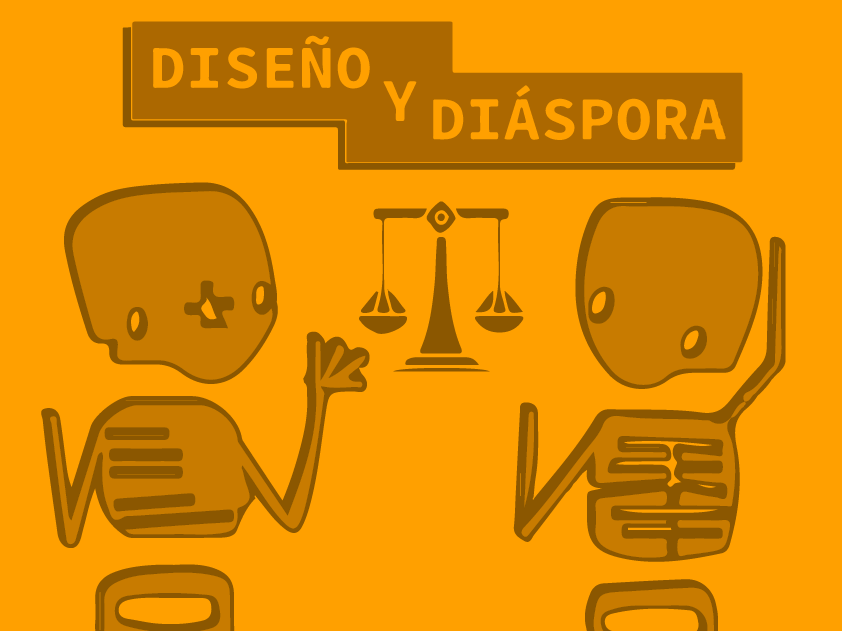Design in the land of
magical realism
magical realism
Keynote speaker for the International Conference on Design for Experience and Wellbeing in Xi'an, China, Septembre 2019
I prepared a keynote in which I wanted to present what I think makes Colombia such a unique and valuable context for design for experience and well-being. I selected four projects among my practices as a researcher, educator and designer in order to show the audience what have I done there, what have I learn from my experiences in those projects.
Proyecto Rocío (2017) is a research project that explores the use of design tools to generate an active participation of communities.The project is a research on a socio-ecological reciprocity system based on different dimensions of monetary value that is not considered within Payment for Environmental Services. To expand the comprehension of value identified in the trust networks built by the community, we developed activities focused on associativity, use of natural resources and exploration of well-being.
Emotions a la Carte (2020) is an academic exercise in which students are foster to use food as a media to sensitize them into exploring emotions. I team up with Camilo Ayala-García, an expert in DIY Materials, and we worked in a publication about the importance of exploring emotions through food.
Homeostasis Sanatoris (2019) is a product that stimulates physiological healing for patients with chronical diseases (or not) through awareness and consciousness. This sculptural object, is intended to persuade patients and practitioners to visualize emotions through keeping the system in balance.One of the important elements of the object is the filter. It represents the process of the patient and allows him or her to represent how the feel by putting the rocks, the activated carbón and the cotton unto the filter. Every one had a different composition of the filter, a different interpretation of their situation. For practitioners is very important to understand how the patient feels, so the filter was a very good input to know how they feel.
Billy Cash (2014) is an electronic piggy bank that encourages users to reflect upon the process of saving money, but also foster them to discover the true value of their belongings by challenging users to explore new activities with their recent purchases. This was the project that introduced me to Positive Design and Design for Wellbeing.



Colombia is one of the most multidiverse country that you can find. We have the carribean sea and the Pacific Ocean, we have metropolitan cities and rural villages, we share part of the amazon, part of the andes mountians; we hace deserts and "páramos". This makes every project unique and complex. Thinking about replicability needs an adaptation from the original idea to the implementation. Designers have to grow certain awareness for developing this kind of project. Every context unveils particular challenges, every challenge has an interest behind, and probably, there is no one solution that could be used. Designing for these context require a constant adaptation. Especially because notions of wellbeing are transversal and not incremental. Which brings me to the concept of responsibility. As designers, we have to account for what we do, and have to connect with our audiences more than necessary. Solving problems might not be enough, but revealing opportunities have a great cost for everyone, especially in the implementation.









